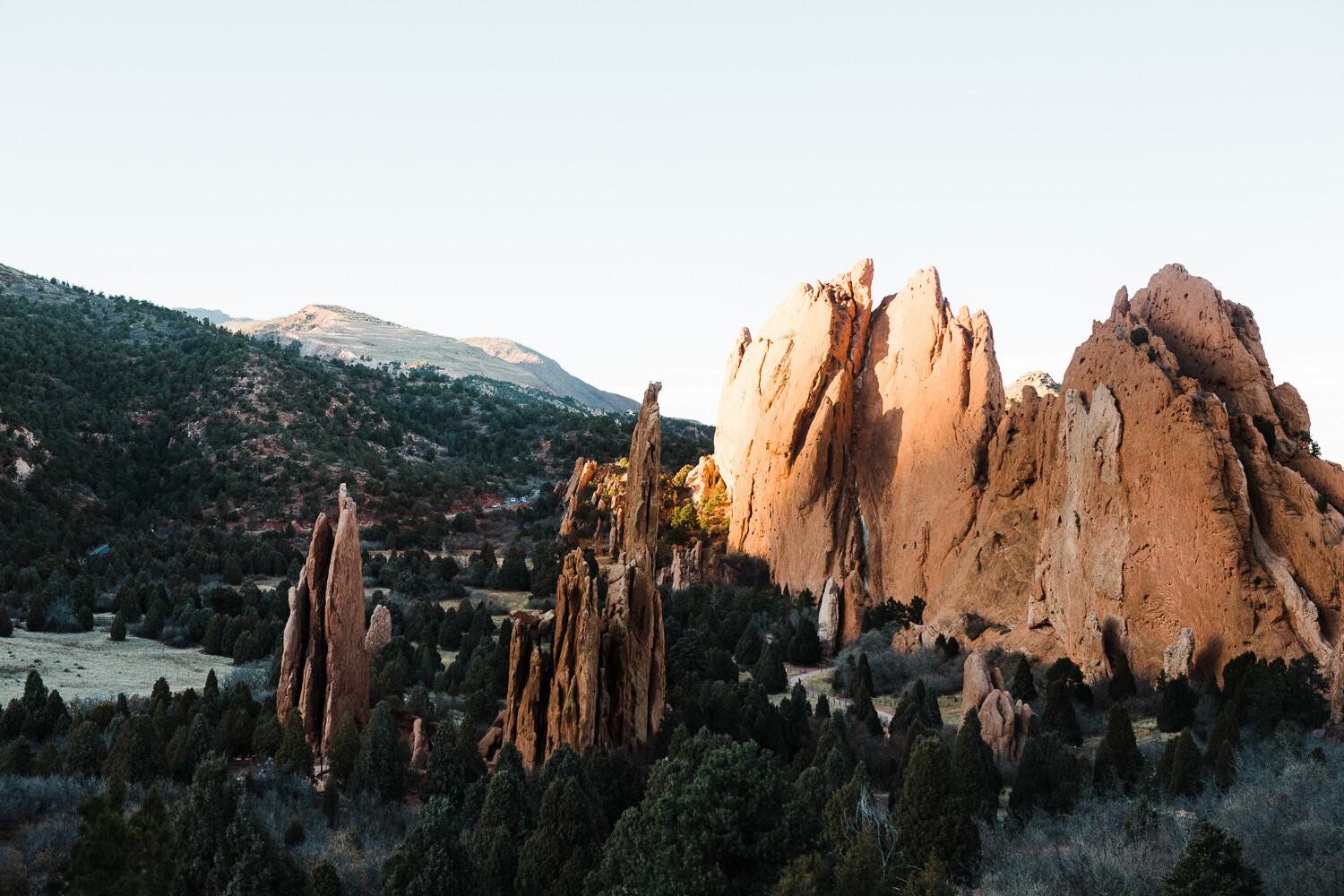The post How to Find the Perfect Photography Assistant appeared first on Digital Photography School. It was authored by Mat Coker.
Whether you’re a professional photographer or a passionate amateur, I insist that you need a photography assistant.
You may think that you can lug around your own gear and do a great job on your own, but no matter how good you are, a photography assistant will make you better.

It’s not just about carrying your gear around. Your photography assistant takes on the tasks that clutter your mind and smother your creativity. When your assistant carries the load of the little things, your mind has room to roam and allow creativity to flow.
Your assistant frees your working memory to be creative. While you’re spitting out ideas, they’re taking note and making sure everything happens right. Meanwhile, you’re paying attention to nothing but your subject and the creative ideas coming together in your mind. They’re your second brain and second set of hands that you wish you were born with.
The practical implications of having an assistant
If you love street photography but are too shy to approach people for portraits, you can bring a chatty friend to be your assistant. They can strike up conversations with people and then say, “can my photographer friend take your picture?”
Your assistant can document your process through candid photos of you at work as a photographer. This is perfect for your blog and other publications.
During a wedding day, they’re organizing people for photos and handing you lenses as you need them. Your mind is free to focus on creative ideas and details that normally escape you.
Even when you’re photographing a landscape they can become your model when you wish there was a person in the scene.
Together, you and your assistant are an incredible partnership.
On the other hand, an assistant can ruin your work when they become a liability.
Here is how to find the perfect assistant who won’t let you down.

While I’m taking photos, my assistant is checking my list and adding to it as we have new ideas.
The traits of a great assistant
1. Loves to learn
The first thing to look for in an assistant is somebody who is obsessed with learning. They will love working with you and soak up the entire experience. They are eager to help with everything. Somebody who loves to learn and explore, and who can’t wait to work with you through new experiences.
2. Agreeable
When you find somebody obsessed with learning, they also need to have an agreeable personality. An assistant must be willing to do whatever you ask them without objecting to your ideas. Some people simply can’t handle being a helper – insisting on being in charge. You don’t want that sort of person because you’ll always be bumping up against them in conflict.
3. Polite
Your assistant must be capable of being extremely polite. Don’t risk jeopardizing your shoot with somebody who is rude toward your clients. They should also be enthusiastic and not shy about strangers.
4. Hardworking
The perfect assistant is hardworking and willing to be on their feet. They will be willing to run around without rest all day if necessary. They must be orderly and know where everything goes, and keep everything in place and ready for you.
If you work in high pressure situations, then your assistant must be capable of embracing stress without crumbling.

Look for assistants wherever you can find them. Sometimes an older sibling can help you make the infants laugh! My actual assistant is crouched behind the seat making sure the infant doesn’t fall.
Where can you find an assistant?
Your assistant doesn’t need to be an actual photographer. This may sound crazy, but it really doesn’t matter if they understand photography as long as they can assist you in the way you need them to. In fact, a non-photographer may offer insights that a fellow photographer would overlook.
Maybe your assistant should be a painter, musician or engineer. Each one will help you overcome different challenges in their unique way.
But if you are looking for someone who is a photographer to assist you, perhaps you could begin at a photo club. Many people at photo clubs are not working professionals, but they may be incredible photographers nevertheless.
You could bring a professional photographer to assist you. If that’s the case, I suggest a photographer who is the opposite of you.
I assist a local photographer from time to time and we love working with each other because we are exact opposites. He is orderly, precise, in tune with the details, and works with strobe lighting. In contrast, I prefer chaos, haphazard camera work, tuning into the big picture and using terribly challenging ambient light. It is a thrill to bring such opposites together!

I often let kids use my camera during family photo sessions. This candid photo was captured by my assistant.
When to fire your assistant
Don’t hire an assistant unless you are strong enough to fire them some day.
Fire them if they hinder your work and won’t change their ways.
But even when you have an amazing assistant with perfect chemistry, fire them as soon as they’re ready to have their own assistant. Don’t hold them back. Push them out so that they can grow too.
In the meantime, enjoy having the perfect assistant who frees your mind to let your creativity loose.
Feature image by: Greg Gelsinger
The post How to Find the Perfect Photography Assistant appeared first on Digital Photography School. It was authored by Mat Coker.
from Digital Photography School http://bit.ly/2DM0rt2






























